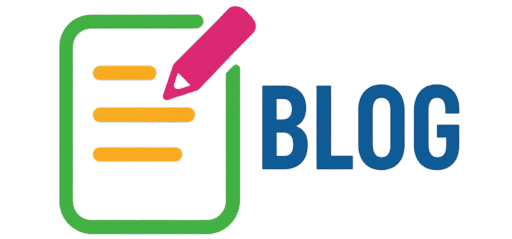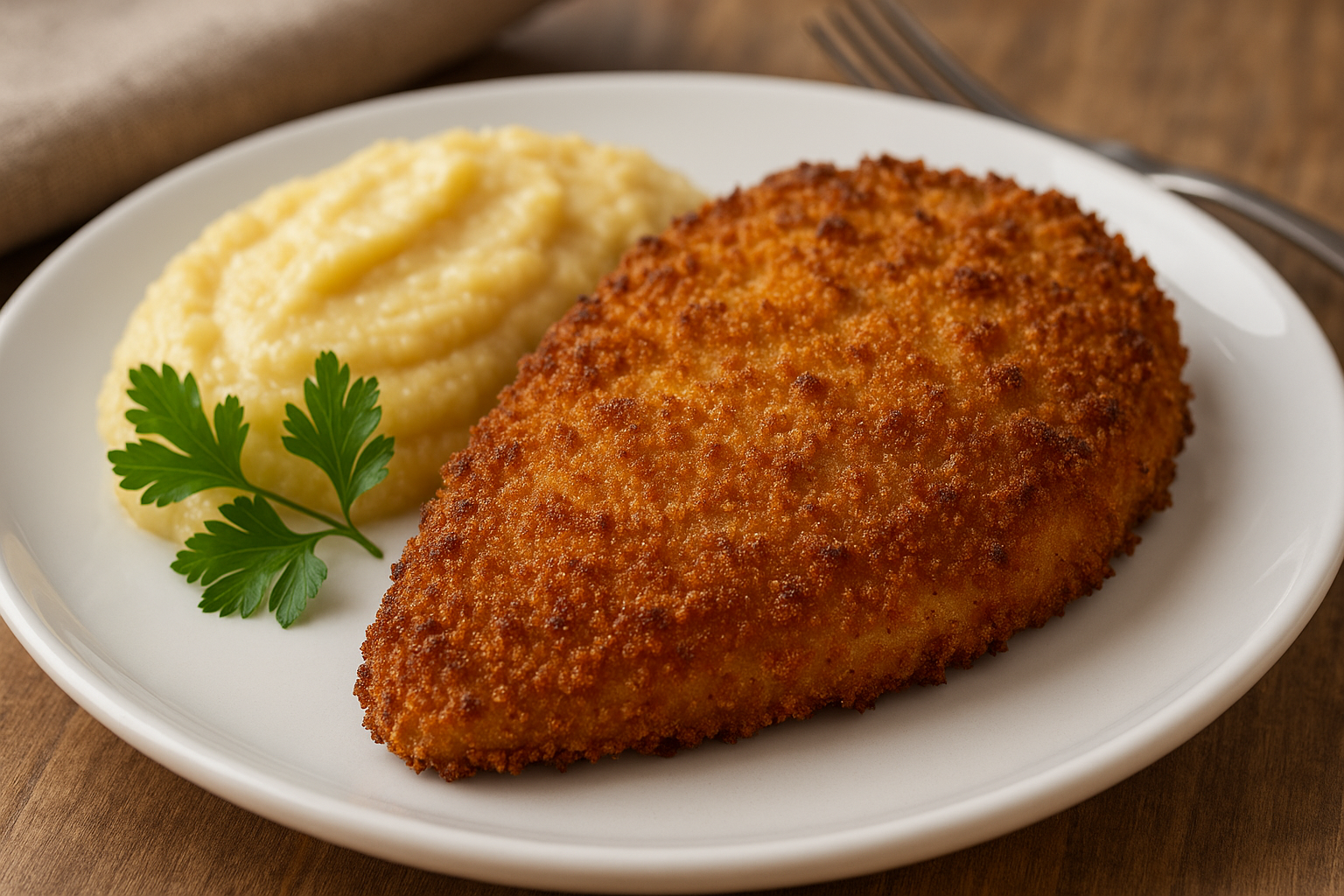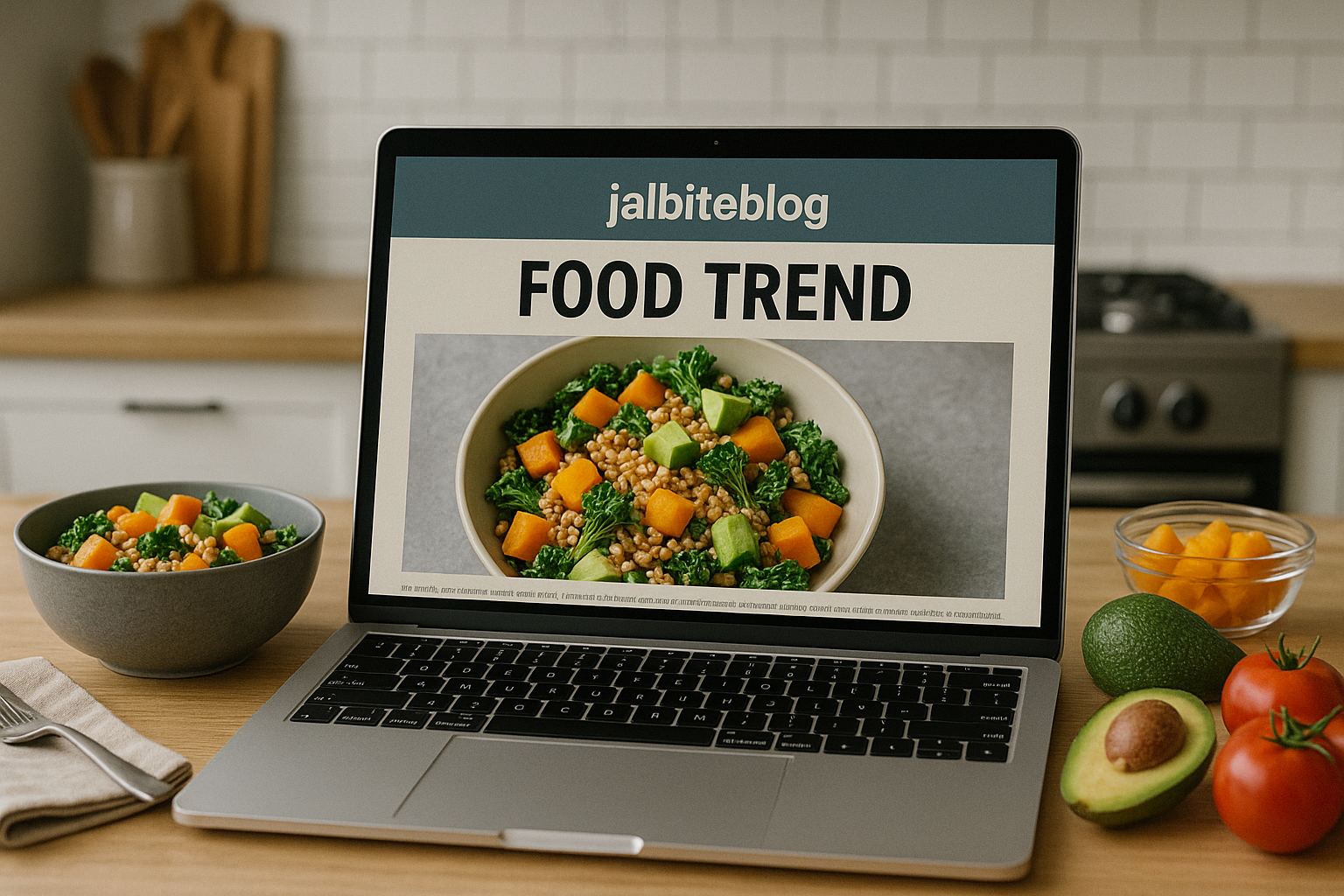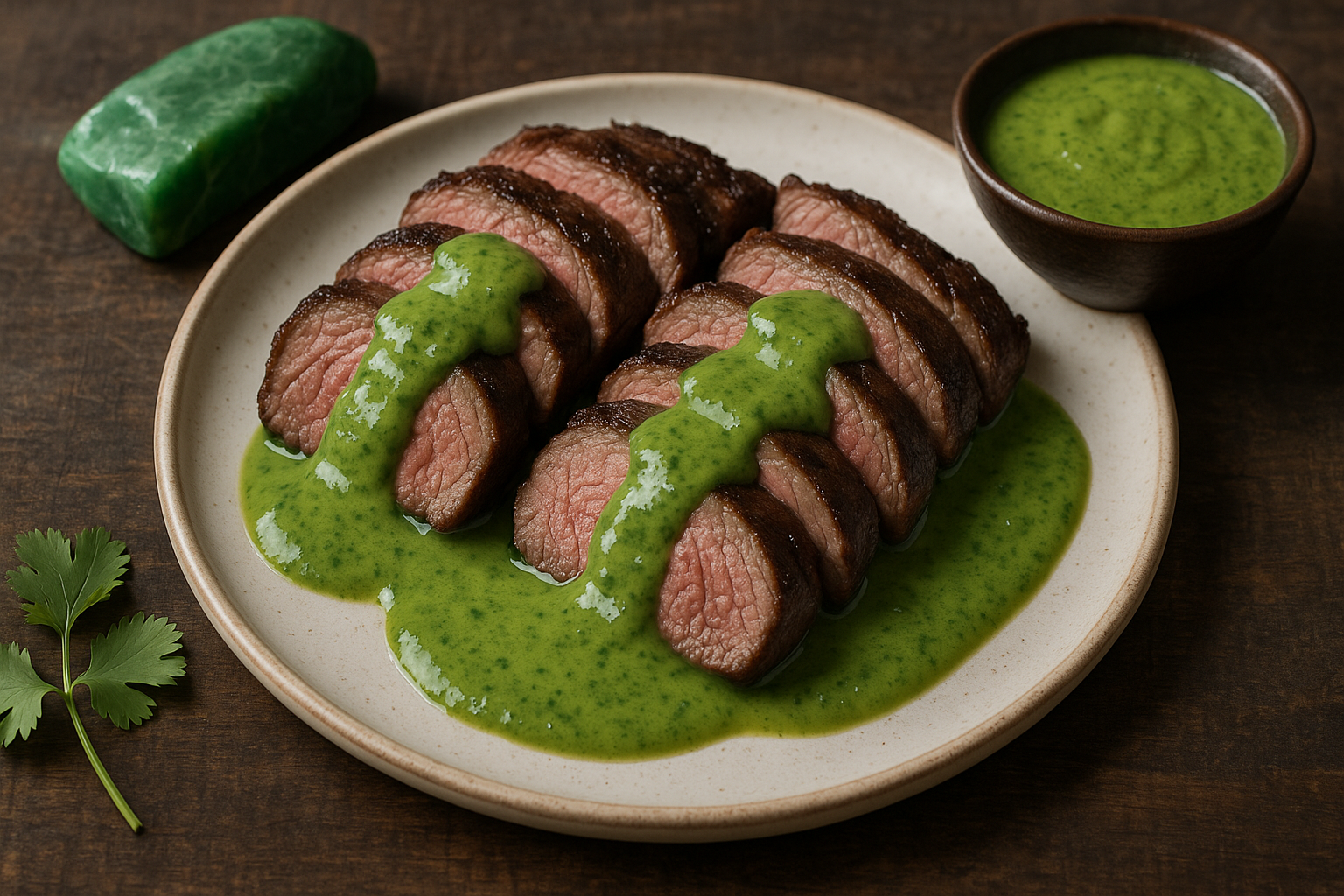Introduction to Trigeminal Neuralgia
Trigeminal neuralgia is a chronic pain condition that affects the trigeminal nerve, one of the largest nerves in the face. It is characterized by sudden, severe, and stabbing pain that may last from a few seconds to several minutes. Because of its intensity, it is sometimes referred to as the “suicide disease,” highlighting how debilitating it can be. Patients often search for potential triggers, remedies, and lifestyle adjustments to help manage symptoms, which brings us to the conversation about bananas and their possible connection to trigeminal neuralgia.
Why Bananas Are Part of the Conversation
Bananas are widely consumed across the globe and are often praised for their nutritional benefits. Rich in potassium, magnesium, vitamin B6, and dietary fiber, they are considered a healthy snack for energy and overall wellness. However, some people with trigeminal neuralgia report that certain foods can trigger or worsen their symptoms. Bananas, being a commonly eaten fruit, have entered discussions among patients and communities exploring whether they play a role in neuralgia flare-ups.
Understanding Food and Neural Pain Triggers
When it comes to chronic conditions like trigeminal neuralgia, triggers can vary significantly between individuals. Some patients find that specific foods, drinks, or even weather changes can bring on attacks. Acidic foods, caffeine, and alcohol are often reported as common triggers. Bananas, while generally considered safe, occasionally appear in anecdotal discussions about potential discomfort. This highlights the importance of distinguishing between personal sensitivities and widespread scientific facts.
Nutritional Profile of Bananas
To better understand whether bananas may influence trigeminal neuralgia, it is worth looking at their nutritional content. Bananas are naturally high in potassium, which helps regulate nerve function and muscle contractions. They also contain vitamin B6, which supports brain health and the nervous system. Additionally, bananas provide magnesium, a mineral linked to relaxation of muscles and nerves. On paper, bananas appear to support rather than harm nerve health, but individual reactions may differ.
Myths About Bananas and Trigeminal Neuralgia
One of the myths circulating is that bananas directly cause trigeminal neuralgia flare-ups. There is no scientific evidence to suggest that bananas are a universal trigger for this condition. Another common misconception is that all people with neuralgia should avoid bananas entirely. While some individuals may notice discomfort after eating bananas, this is not a fact supported by broad clinical research. Most myths stem from anecdotal experiences rather than verified medical studies.
Possible Reasons for Sensitivity to Bananas
For individuals who do report flare-ups after consuming bananas, there may be underlying reasons unrelated to the fruit itself. Bananas contain natural sugars and serotonin precursors that may influence nerve activity in sensitive individuals. Additionally, overripe bananas have higher levels of biogenic amines, such as tyramine, which in rare cases may affect neurological conditions. These factors might explain why a small number of people with trigeminal neuralgia perceive bananas as a trigger.
Facts Backed by Research
Factually, there is no direct scientific link proving that bananas worsen trigeminal neuralgia. Medical studies on trigeminal neuralgia focus more on nerve misfiring, compression of the trigeminal nerve, or demyelinating conditions like multiple sclerosis rather than dietary triggers. While food can influence overall health, bananas themselves are not recognized in medical literature as a harmful food for nerve-related pain disorders. This reinforces the importance of relying on evidence rather than myths.
Patient Experiences and Anecdotal Reports
Despite the lack of scientific evidence, patient experiences matter. Many people living with trigeminal neuralgia share their stories in support groups and communities, where some report that bananas trigger their pain episodes. Others find bananas harmless or even beneficial as part of a balanced diet. This variety shows that food sensitivities are highly individual. Listening to personal experiences is valuable, but they should not be confused with universal medical facts.
The Role of Diet in Managing Trigeminal Neuralgia
Diet can influence nerve health, inflammation, and overall well-being. For individuals with trigeminal neuralgia, maintaining a diet rich in vitamins, minerals, and anti-inflammatory foods may support better management of symptoms. Bananas, given their nutrient content, may fit into such a diet for many people. However, if a person notices a correlation between banana consumption and pain flare-ups, it may be wise for them to moderate intake and observe changes.
Practical Advice for Patients
For those wondering about bananas and trigeminal neuralgia, the best approach is to track personal experiences. Keeping a food diary can help identify whether bananas—or any other food—are associated with pain episodes. If bananas appear to be a trigger, reducing or eliminating them temporarily can help confirm the connection. Consulting with healthcare professionals ensures that dietary decisions are safe and balanced, avoiding unnecessary restrictions that could impact nutrition.
Separating Myths From Facts
It is crucial to separate myths from facts when dealing with conditions as complex as trigeminal neuralgia. Myths often arise from isolated cases and can create unnecessary fear around everyday foods like bananas. The facts show that bananas contain nutrients that generally support nerve and muscle function. While individual sensitivities exist, there is no scientific consensus that bananas are harmful for trigeminal neuralgia patients.
Why the Topic Matters Today
This discussion matters because misinformation about diet and health can spread quickly, especially online. People living with trigeminal neuralgia already face significant daily challenges, and unnecessary dietary restrictions only add to the burden. By exploring the connection between bananas and trigeminal neuralgia openly, patients can make informed choices based on both science and personal experience. The goal is to empower individuals to manage their condition with clarity and confidence.
Conclusion
The relationship between bananas and trigeminal neuralgia is more about perception and individual sensitivity than scientific fact. While some patients report flare-ups linked to bananas, research does not support a direct connection. Bananas remain a nutrient-rich food that can benefit overall health and nerve function. The key takeaway is that trigeminal neuralgia triggers are highly personal, and what affects one patient may not affect another. By separating myths from facts and focusing on informed decision-making, patients can better manage their condition without unnecessary restrictions.




